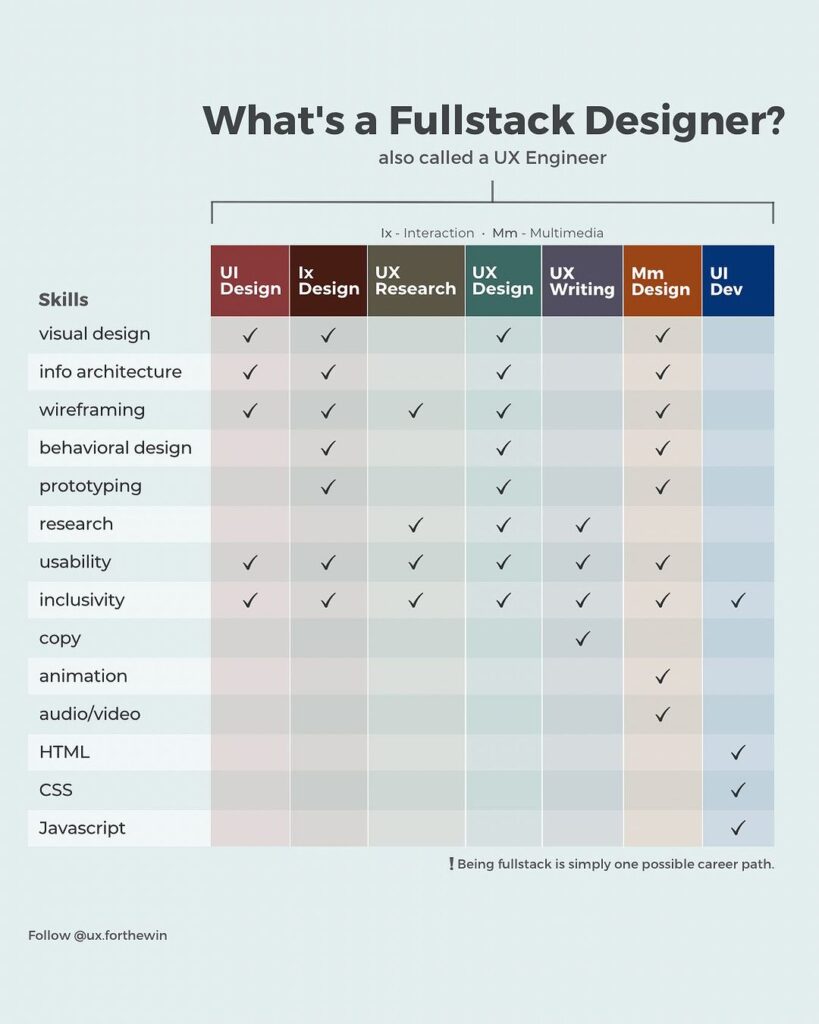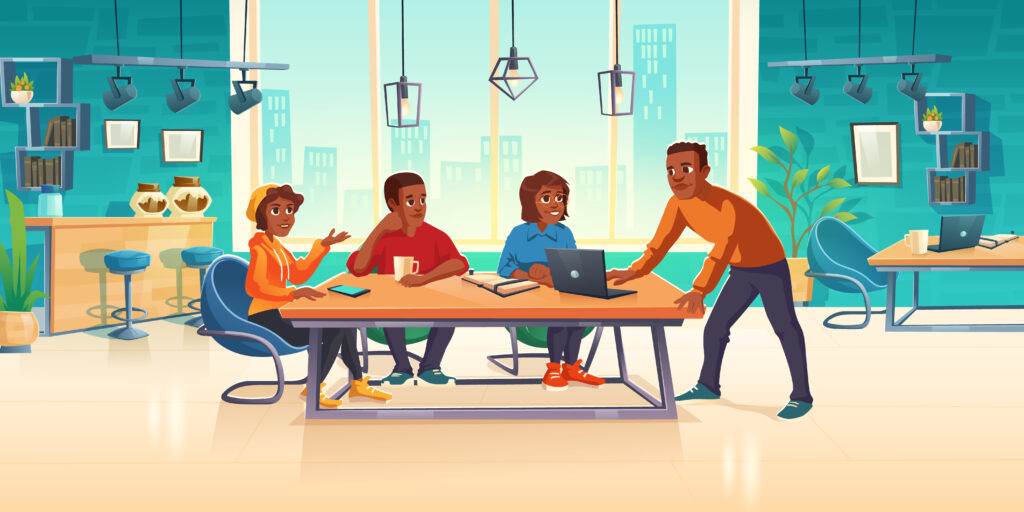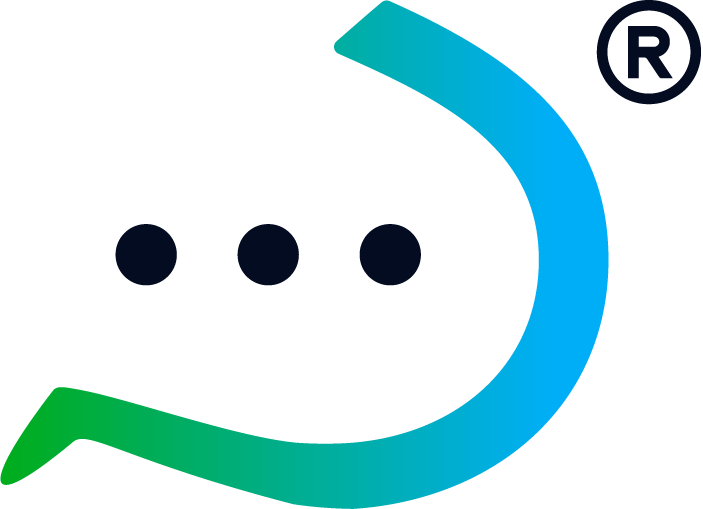In the past week, social media has been flooded with hot takes on who a full-stack designer is and what full-stack design is about. I mean we only talk about full-stack when it has to do with developers and now there is a full stack in design?
Every now and then, new design titles come up and they seem like a big deal. One is then left wondering if they are still relevant in their field.
In this blog post, you will find out if a full-stack designer is just a designer with the touch of a developer skills or there is more to it.

Is There A Design Title Like Full-Stack Designer?
Just yesterday on LinkedIn, I saw design titles like Technical Designer, Design Architect and UX Engineer. However, this is not the discussion for the day. Today we are discussing full-stack designers and in a moment you will learn what it is about. So, yes, full-stack design is a thing.
Who Is a Full-Stack Designer?
Picture a burger. A typical burger has different layers that consist of: divided bread, minced beef, mustard, vegetables, bacon, cheese, cream etc. all stacked together. In full-stack design, UI/UX is the divided bread and in the middle (beef, vegetables, spices, cheese etc.) are other skills like interaction design, HTML, CSS, JS, PHP, Ruby, SQL, strategy etc.
In summary, a full-stack designer is a designer with multiple design skillset. Full-stack designers are involved in the entire process of a product’s development. This development process includes the start of the project, product pre-launch, product development, launch and growth.
What Skills Does a Full-Stack Designer Need?
First a full-stack designer needs design skills (ui/ux) to create user centered products. Then project management skills to ensure the product goals are met. Sales strategy to understand the unique needs of users. Research skills to study target users and get information that will help design decisions. UX writing skills to guide users throughout the product journey, and coding skills to develop the design and bring it to life.
The required coding languages are JavaScript (webflow), CSS, HTML for front-end development. PHP, Java, SQL etc for back-end development.
How Are Full-Stack Designers Relevant In A Team?
As generalists, full-stack designers can be rightfully called jack of all trades and have gained considerable relevance in today’s design world.

These multi-skilled individuals are relevant in start-up companies trying to cut costs, or persons looking to hire a freelance product designer, or a company that just prefers a lean team.
Full-stack designers have no difficulty transitioning between creating user-friendly interfaces and understanding the technical aspects of implementation.
Their ability to bridge the gap between design and development allows for more efficient collaboration, quicker iterations, and a comprehensive perspective on the entire design process.
Can Full-Stack Designers Still Deliver High-Quality Design Work?
While it may be realistic to expect a person to excel in multiple disciplines, expecting mastery in multiple disciplines may not be so realistic. This is why specialists exist.
Full-stack designers can deliver high-quality design work if they often put in time and effort in user experience projects that require them to utilize their coding, analytical, management, UX/UI and writing skills. This will build an experience for them, make them efficient and become individual experts in these roles.
Steps To Becoming A Full-Stack Designer
This would be quite a journey and it is best to take it one step at a time rather than rush it. You will get better as you continue to practice. If you are already a UX designer, you have an advantage.
You can consider becoming a freelance full-stack designer if you like the freelancer path or plan to own a design agency of your own.
However, this is not for you if programing languages/coding is not your forte. So stick with user experience research, prototyping and wire-framing.
The first step to being a full-stack designer is to build a strong foundation in UX research and UI/UX design principles as you will be developing products guided by these principles.
The second step to take would be to become proficient in front-end and back-end development and the frameworks.
Next would be to keep updating your knowledge and stay relevant in the field as the world keeps evolving in technology.
Another necessary step is to create a diverse portfolio that showcases both design and development projects as this will earn you gigs and jobs.
Wrapping Up
In essence, a full-stack designer is a full-stack developer that understands users experience and applies user experience principles to develop a user centered product that meets users needs. Developers are often referred as engineers, as such it is safe to say full-stack designers are UX engineers.
We have more resources on UX design that will be relevant to your career or research and here are a few:
- The 21 UX design laws you cannot ignore.
- What is expected of a UX designer at different job levels.
- Get feedback on your design thinking skills so you do not repeat your mistakes while building your portfolio on app.simplifiedux.com.


